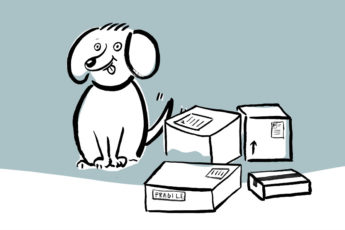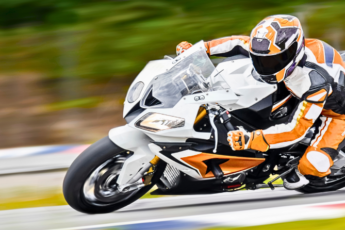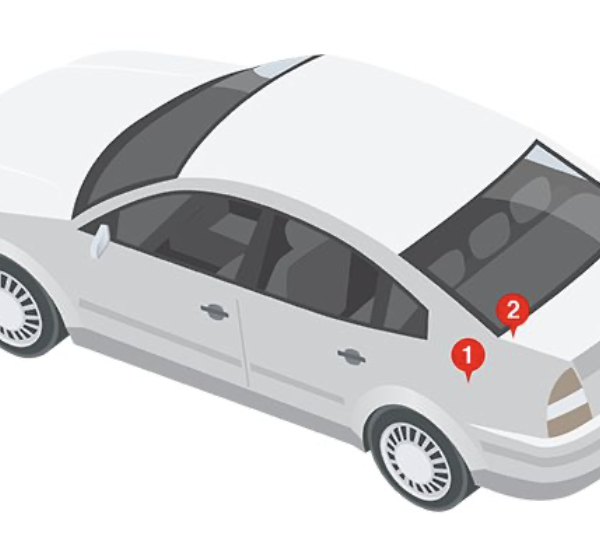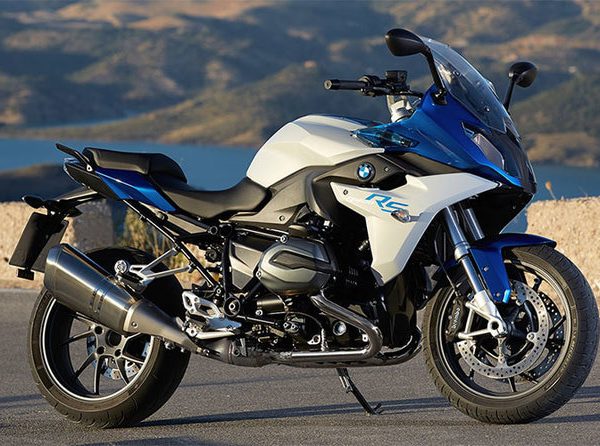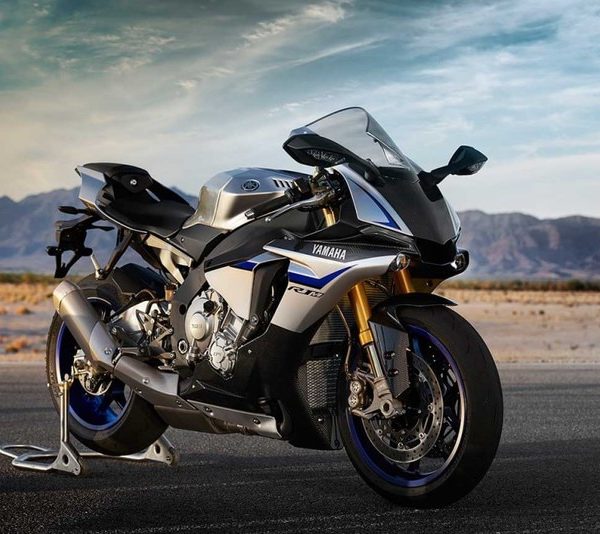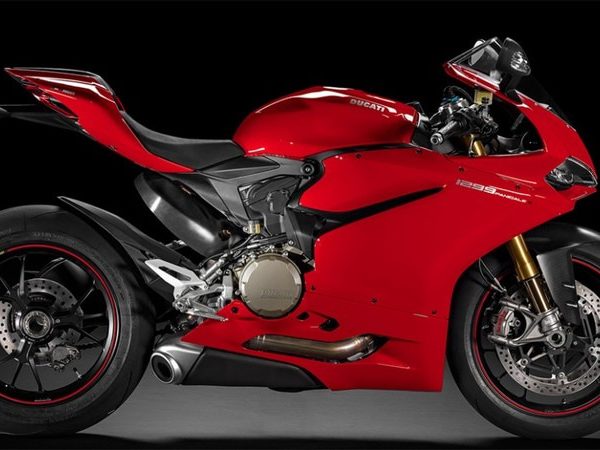The 2nd TouchUpDirect Mailbag
We didn’t think we’d be back so soon either! But you guys sent us a lot of questions and we’re here to answer them!
So…without further ado:
Should I Touch Up My Car With Nail Polish?
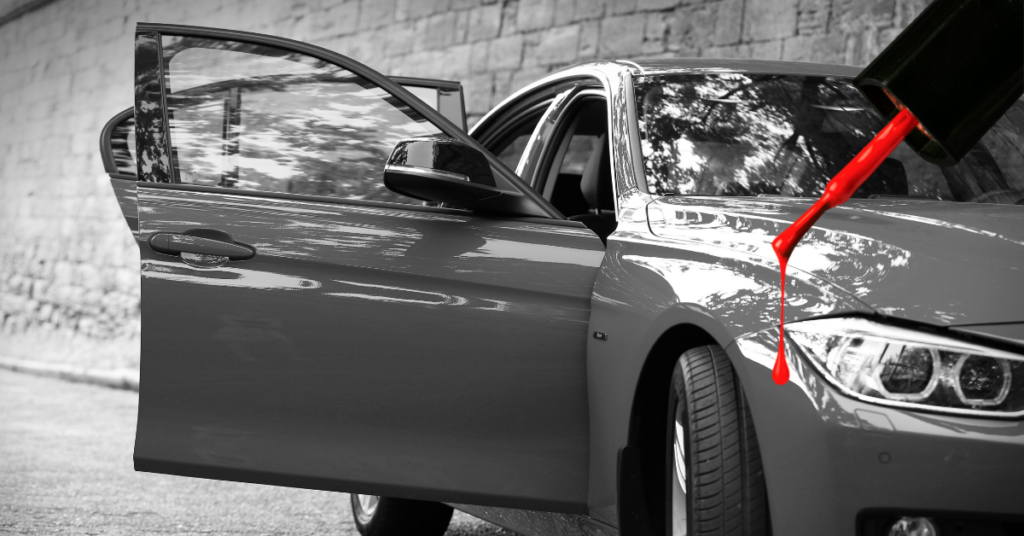
No. Let me say that louder for those in the back…
NO!
We get this question a lot for some reason. It might have something to do with the fact that waterborne paint has a very similar texture to nail polish. But waterborne touch up paint is the height of automotive paint technology. It’s the result of decades of research and testing to make a more vibrant and environmentally friendly car paint. And nail polish is nail polish. There’s also the fact that touch up paint is exactly matched to the specific color that is on your car through the use of color codes. Your color isn’t just blue, it’s Apex Blue Pearl with its own unique color code. Putting a random blue shade will create an ugly mismatched look. While we’re at it, you also can’t just color in your scratches with a marker. This solution may be cheap and quick but like nail polish, the mismatch is glaring and the fix is short lived.
Can Touch Up Paint Help With Rust on My Car?
Yes, but it helps more with prevention than fixing rust that is already there. In the modern automotive paint system, there are three layers that make up your paint job: the Primer, the Colorcoat, and the Clearcoat. Each layer has a job to do. Primer, the first layer down, provides protection against rust and corrosion. Unfortunately rust can happen even with this protection, especially if you live in an area with a lot of moisture. Rust corrodes your car’s metal, creating an unsafe and brittle effect. Painting over it and pretending it’s not there is not enough. If you find rust on your vehicle, you need to take care of it as soon as possible. All of our touch up kits come with sandpaper, which is great for getting rid of surface rust. If you want to know more about the different levels of rust and what you can do about it, check out our blog on the subject.
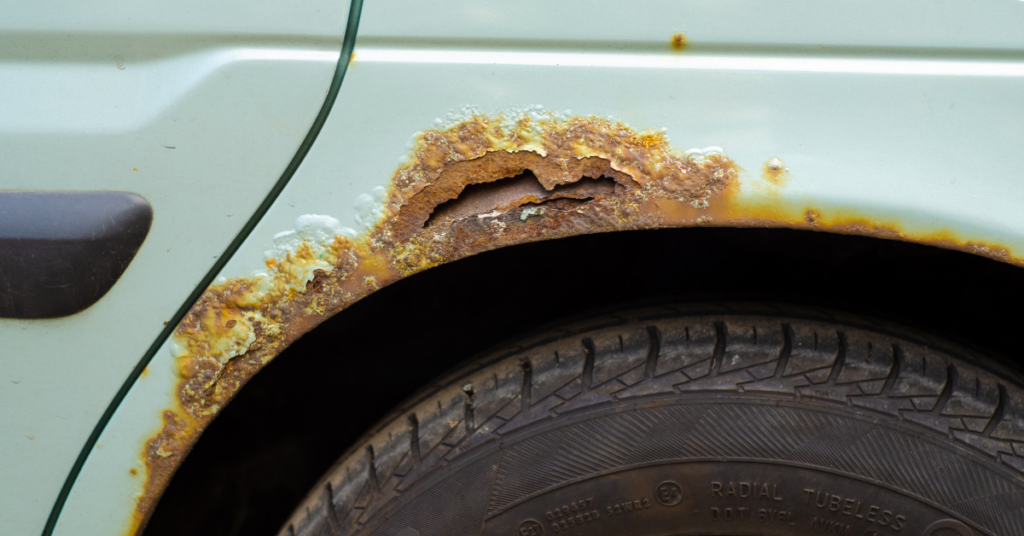
Is It Okay to Paint a Car Without Priming It First?
This question really depends on the level of damage on your car’s exterior. Like we mentioned before, Primer is the first layer of the multi-layer system. It’s there to protect against rust and corrosion while also providing an adhesive surface that allows the Colorcoat to stick to the surface of the car better. So how do you know if you need Primer? Let’s ask ourselves one simple question:
Can you see metal, substrate or plastic in the damage of your car?
If the answer is no, Congratulations! The damage on your car is superficial enough that you do not need to put Primer down.
If the answer is yes, you’re gonna have to apply an extra layer. The original layer of Primer has gone and a new coat is needed.
You’ll also need Primer when dealing with aftermarket auto parts. If you’re painting a part that is unprimed, make sure to prime it before you add the Colorcoat.
Does the Color of a Car’s Paint Affect Its Safety Rating? How?
No. The National Highway Traffic Safety Administration (NHTSA) does not take car color into account when they are issuing their safety ratings. Your vehicle’s safety rating is determined by a series of crash and safety tests. There have been studies done into which car colors are the safest. Overall, there doesn’t seem to be much correlation between safety and car color. There is, however, one big exception to that rule. The overwhelming consensus is that white is by far the safest car color. Why white? Being such a bright color, white is highly visible in a number of situations that would envelop other car colors. The contrast with its surroundings is stark.. You can see lighter colored cars at night, in fog or storms. Be it rain or snow…well maybe not snow. You’re probably better off with a darker color in the snow.
Did They Have Metallic Paint in the 30’s?
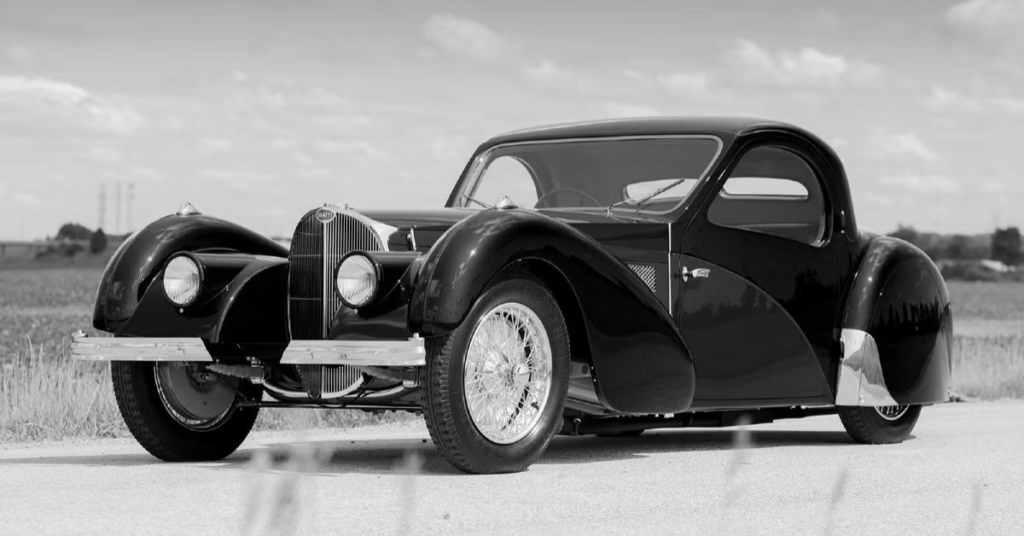
Believe it or not…yes they did. Only a few decades after the Model T made its debut, we got metallic automotive paint. How did they do it? Fish scales! Ground up fish scales to be exact. It wasn’t terribly efficient. 40,000 herring were needed to make 1 kilo of paint. Only the very rich could afford to have a car slathered in this beautiful fish paint. A cheaper and alternate solution was sought. Car companies discovered that aluminum flakes mixed into the paint would create a sparkling, shimmering effect. This is the forerunner to the metallic system we have today, where metal flakes are added to the paint to give it their metallic appearance.

 Cart
Cart
 Help Desk
Help Desk

